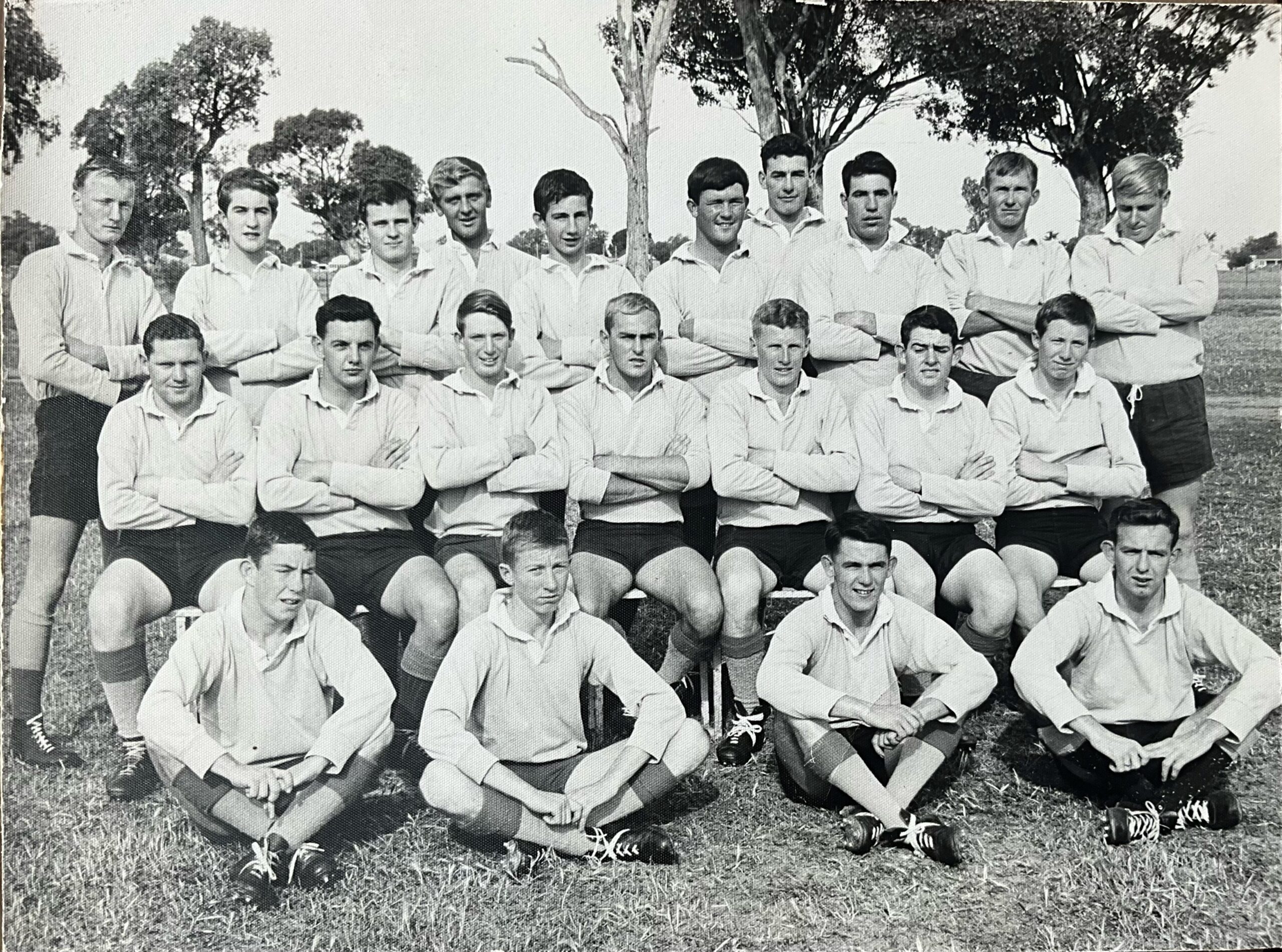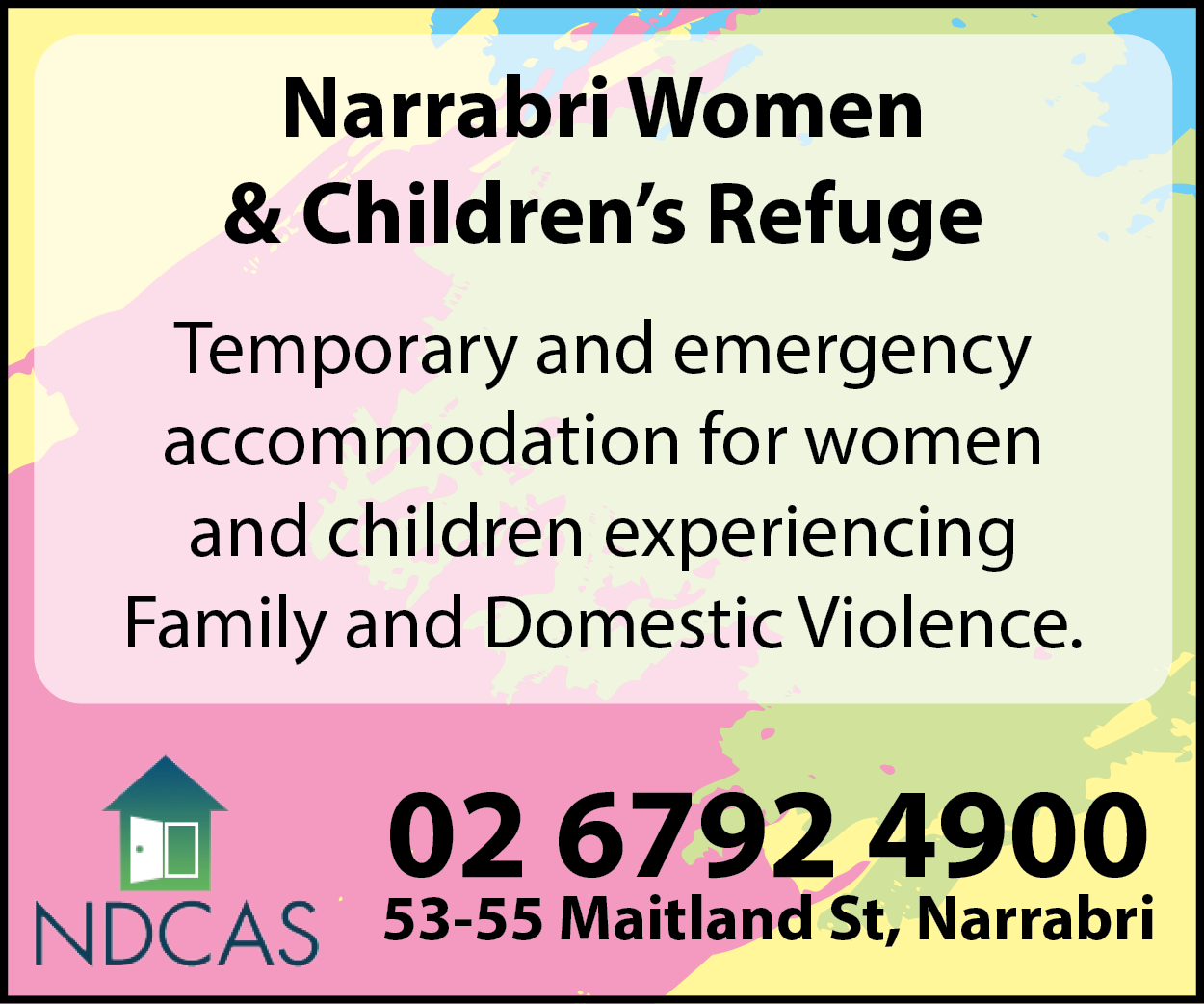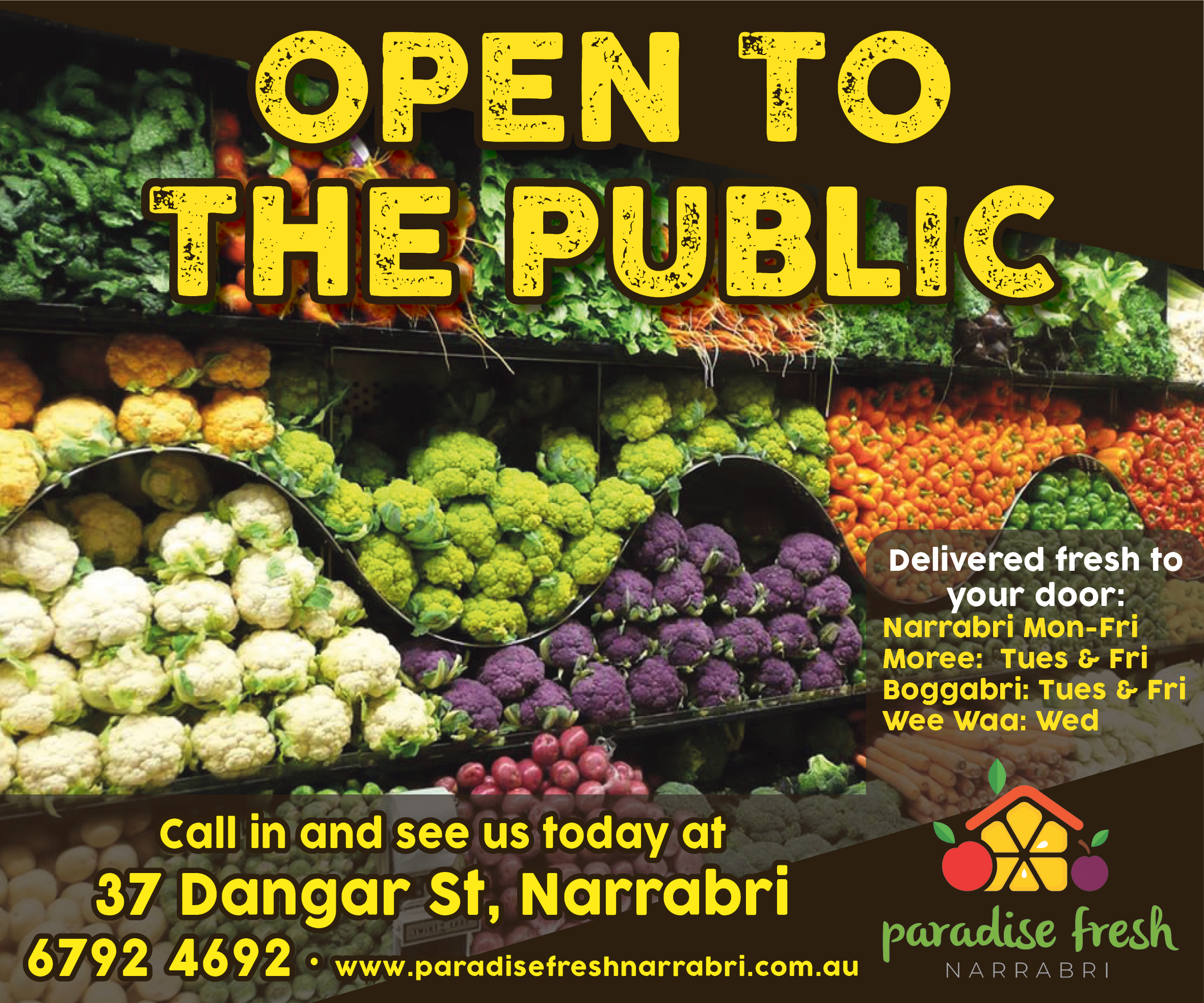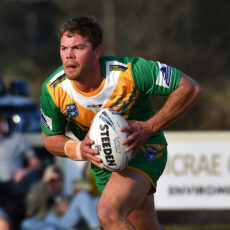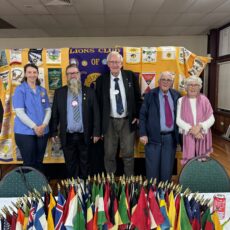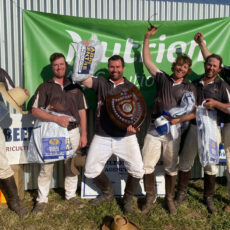By RICHARD BARRY OAM
As a former member deeply entrenched in the early days of Narrabri Rugby Union Club, I am compelled to provide a more elaborate account of our journey, especially as we approach the significant milestone of our club’s 60th anniversary. I stand corrected on any of my recollections.
A booklet was issued in 2014 which sets out some of the details of those who were involved in the formation of the club.
In 1962, I commenced my tenure at the Rural Bank of New South Wales in Narrabri where the Bridge Medical Centre is now located, a time marked by a palpable sense of camaraderie and community cohesion. Under the guidance of Mr Roger Prendergast, unofficial discussions regarding the establishment of a Rugby Union Club began to gain traction mid to late 1963 when the bank staff gathered for cool drinks across the road at the Club House Hotel. We, a group predominantly versed in Rugby League, contemplated the prospects of venturing into the realm of Rugby Union. Despite our collective lack of experience in the sport, Mr Prendergast’s impassioned plea for us to join, bolstered by his son Jim’s participation, set the wheels in motion.
The male staff consisted of Walter Coleman (RIP), John Lisle, Michael Wheeler, Donny Cuell, myself and later Jeffrey Doyle.
I discovered later that Peter Ditzell, Ian Bell and Ron McKenzie had earlier discussions over a few beers after various Apex meetings. After which they approached Roger Prendergast who had previously been involved with Rugby when he was Manager of the Rural Bank at Rylestone.
The dawn of official proceedings arrived on Friday afternoon, January 31, 1964, as we gathered in the hallowed halls of the Rural Bank. Mr Os Gett assumed the mantle of patron, whilst Mr A. Eather undertook the crucial task of procuring the club’s gear and colours – light blue with dark blue numbers, black shorts and light blue socks with dark tops. No insignias on the jumpers until 1965 when a small pig’s head on a white circular background appeared. I can’t recall how we arrived at being called the ‘Blue Boars’. Others included Vice Presidents Alec Park and Frank Haire; Secretary and Peter Ditzell was our first Treasurer. Our initial foray into the world of Rugby Union saw makeshift uniforms and a kaleidoscope of socks, emblematic of our diverse origins and humble beginnings.
Membership was set at five pounds ($10) for non-players and players over 21, while under that age the subscription was two pounds ($4). Life membership was ten pounds ($20). The club supplied the jerseys but players had to buy their socks from the club. Conditioning training started on Number 2 Oval at 6.00pm on Tuesday and Thursday nights until regular training nights were arranged with Narrabri Council. When the boss suggested we turn up to training it was akin to an order by a Regimental Sergeant Major. The new club now had 24 players – some played Union on Saturday and fronted up on Sunday playing League.
Integral to our early success was the establishment of a ladies auxiliary, which played a pivotal role in providing unwavering support for our endeavours, from home game catering to general encouragement. The auxiliary’s contributions underscored the inclusive ethos of our club and served as a testament to the strength of community spirit that permeated our ranks. Some of these wonderful ladies included Molly Gett, Ivy Haire, E. O’Neil, Alma Littleton, Mary Park, Macia Lampe, Joyce Prendergast, Tottie Pownell and Betty (Jack) Haire. I grew up in a family of five males. We did it pretty tough and it was a blessing to finish a game, have a hot shower and trot down to the Tourist Hotel to get a good feed. Out the back the ladies cooked huge vats of homemade stews and I took advantage of consuming seconds and thirds.
I do not readily recall winning a game in our first year and many of our players were having their first game of the amateur code in the Central Northern trials in March 1964 and were not as well conditioned as their first opponents Tamworth – 1963 premiers. Tamworth won both grades with many Narrabri players playing in first and reserve grade teams. Next trial game was against Gunnedah – 1962 premiers. The Central Northern competition comprised teams from Moree, Gunnedah, Walcha, Tamworth (City and Pirates), Quirindi and Armidale.
Over the years, our club’s headquarters underwent several locations, from the Commercial Hotel to the Showground Trotters Bar and eventually the Tourist Hotel. Despite these changes in venue, the bonds of camaraderie and mutual respect that defined our club remained steadfast, serving as the cornerstone of our collective identity. Stage 2 of the new flood-lit clubhouse was completed in 1981.
As I reflect on our early matches, a mixture of nostalgia washes over me. Despite the steep learning curve we faced as novices to the sport, our shared passion and resilience carried us through both victories and defeats. The camaraderie extended far beyond the confines of the rugby field, with countless anecdotes from overnight away games serving as testament to the enduring bonds forged through shared experiences.
Two particular incidents stand out amidst the tapestry of memories – spontaneous acts of mischief in Maitland Street that encapsulated the spirited nature of our club members and the vibrant community we were privileged to be part of.
I think it was 1965. Everyone was gathered on a cold winter night at the Tourist Hotel after the games. It was packed and very noisy. Someone had a huge firecracker and accepted a dare from a mate. The open fire was roaring in the small room behind the main bar. When the time was right the bunger was tossed into the fire. It exploded sending burnt ash and clouds of dust and smoke in the immediate area and out through the small servery into the main bar. Everyone immediately evacuated and ran into the street. No injuries or damages were recorded.
Not long afterwards the boys decided to pick up a Mini Moke parked out the front – it only weighed about 400 kilograms. They then deposited the vehicle in the main foyer of the hotel completely blocking the entrance. Everyone thought it was hilarious until a big rotund Sergeant happened on the scene. After a good belly laugh, he asked the boys to return the vehicle back to its original position.
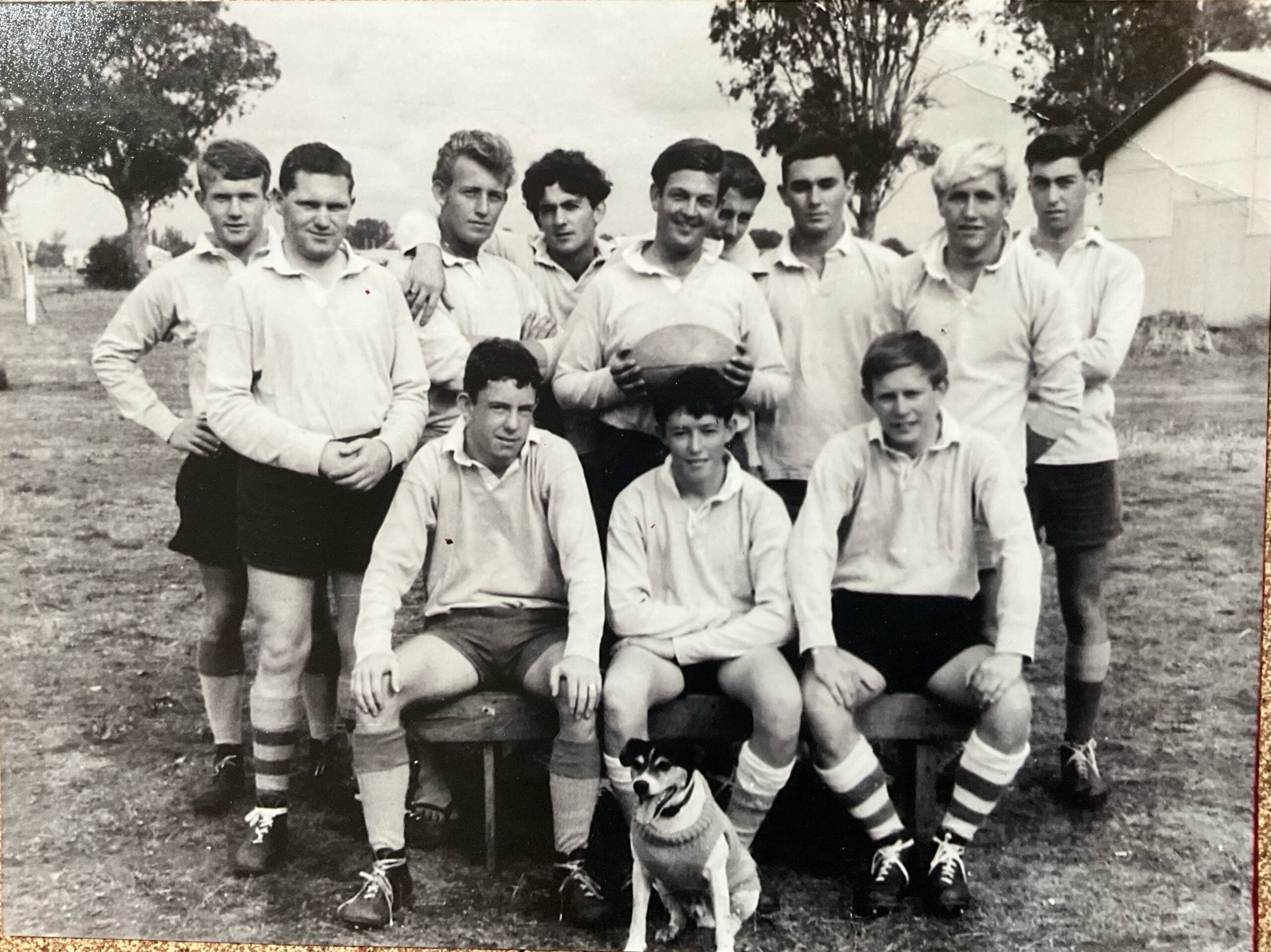
1965 Narrabri Rugby Union Reserve Grade: Back row, Rob Lees?, John Lisle, Adrian Russell, Rusty Russell, Dennis Haire, John Lyttleton (partly obscured), John Kimmorley, Ian (Snow) Keene, Steve Campling?, front row, Richard Barry, Jeff Doyle, Ken Broadhurst. (Dog owned by Jim Prendergast).
I think it was either 1966 or 1967 when John Lisle was the club treasurer and I was his assistant essentially because we were the club’s bankers. We held a dinner-dance at the Showground as a fundraiser. It was a sell-out and in those days the majority of people used cheques. Towards the end of the evening John was about to drive home when he discovered the bank’s antique French brown leather Gladstone bag containing all the proceeds was missing. We immediately informed the police but the culprits were never discovered.
Next morning we went through all the receipts and advised those who paid by cheque to contact their bank to put a stop on the cheque in case the thieves tried to negotiate same and have replacements issued. About a month or so later there was a small grass fire in a culvert on the Old Gunnedah Road which revealed the Gladstone bag.
The damaged cheques were destroyed and needless to say all the cash was missing. It was very difficult in constructing a memo to Head Office explaining why the bag was used for a social event and seeking a replacement.
For me the highlight of the evening was when I gave my girlfriend a Friendship ring – she is now my wife and still has that ring on her finger.
I think it was 1967 when we travelled to play the Boolaroo Bulls (now known as the Lake Macquarie Roos) for a pre-season match. Boolaroo is situated 17 kilometres from Newcastle. The captain positioned me on the wing which was a far cry from my normal position of breakaway. The ball very rarely made it pass the outside centre so I just ran up and down the tryline.
Unexpectantly the ball did come out to me and I sprinted towards the tryline only to be crashed tackled into touch. I was knocked unconscious and awaken by the strong smell of ammonium carbonate (smelling salts) from a little brown bottle held by a St John of God ambulance bloke. My older brother Michael and Mal Gett were standing over me asking which opponent had flattened me. After the next scrum had broken up there was a Boolaroo player lying on the deck.
The ‘bomb’ was popularised by Parramatta’s John Peard however, I maintain our Wally Coleman (RIP) perfected it as the ‘up and under.’ He was a great winger and scored numerous tries from his own kicks. I was amazed playing alongside him.
There are many stories about certain shenanigans that occurred during the years 1964 – 1967. Under the possible threat of being run out of town I will reserve my judgement.
Though my personal journey with the Narrabri Rugby Union Club concluded in 1967, the memories and friendships forged during those formative years continue to resonate deeply within me. From my subsequent service in the army (Rugby League) to later engagements in the 1990s in Golden Oldies Union (Batemans Bay Grande Olde Boars), the lessons learned and the camaraderie experienced have left an indelible mark on my life.
As we collectively commemorate the significant milestone of our club’s 60th anniversary, let us not only celebrate its achievements on the field but also pay homage to the enduring legacy of camaraderie, resilience, and community spirit that define Narrabri Rugby Union Club.
Finally, at the beginning of the 2024 season I wish every success to the boys and girls of all teams, the club administrators, the ladies auxiliary and all club members, supporters and followers of rugby.
To order photos from this page click here

